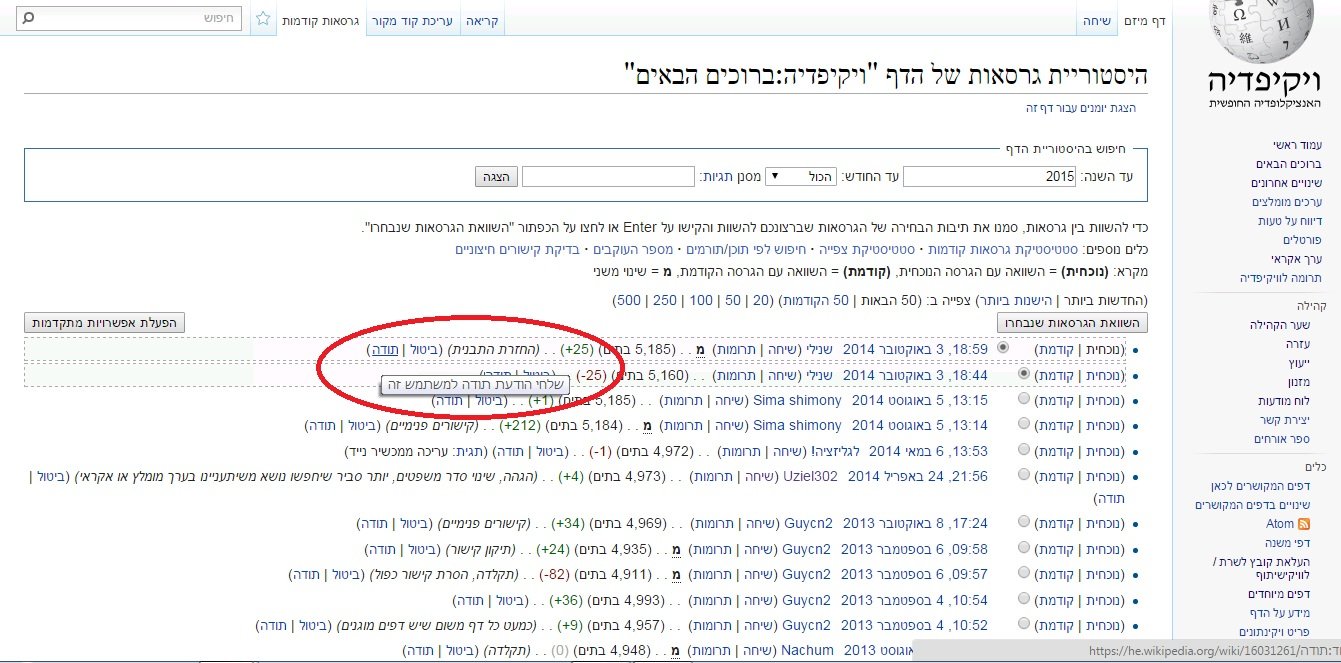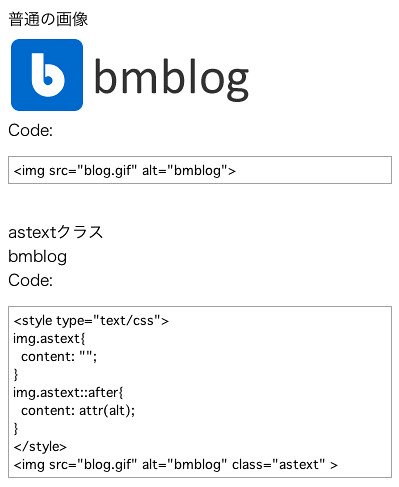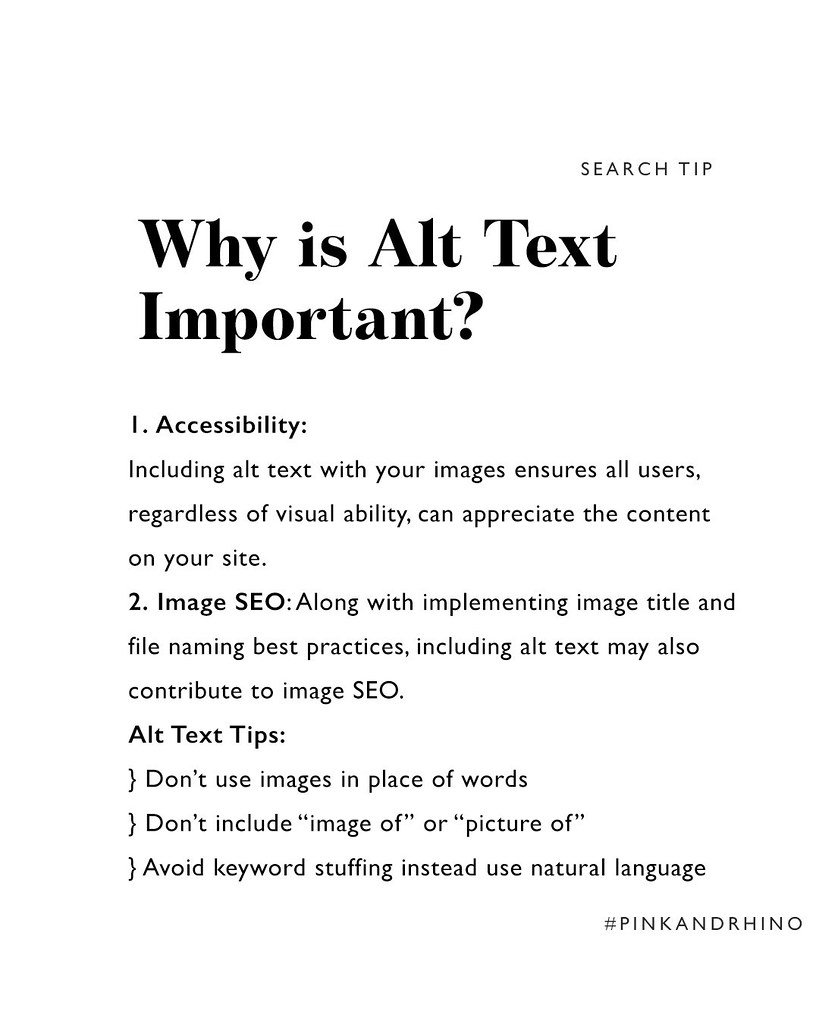Silently orchestrating the symphony of search engine optimization, alt text flexes its invisible muscles, commanding the attention of image SEO aficionados worldwide. Tucked away within the code, this unsung hero wields a silent power that can make or break a website’s visibility on the vast digital landscape. In this article, we delve into the enigmatic realm of alt text, unraveling its mysteries and exploring the profound impact it has on image SEO. So buckle up and prepare for a riveting journey into the world of the silent powerhouse, where unseen words unlock the gateways to online success.
Table of Contents
- Understanding Alt Text: The Key to Boosting Image SEO Rankings
- The Role of Alt Text in Improving Website Accessibility
- Crafting Effective Alt Text: Best Practices for Image Optimization
- Unlocking the Potential: Leveraging Alt Text for Enhanced User Experience
- Q&A
- To Conclude

Understanding Alt Text: The Key to Boosting Image SEO Rankings
Alt text, short for alternative text, may seem like a small and insignificant aspect when it comes to image SEO rankings. However, don’t underestimate its silent powerhouse impact! Alt text plays a crucial role in helping search engines understand the content and context of your images. By providing a clear description of the image, you can improve your chances of ranking higher in search engine results pages (SERPs) and increase your website’s visibility.
1. Boosting accessibility: Alt text is primarily used to cater to visually impaired individuals who use screen readers to navigate the web. By including descriptive alt text, you make it possible for these users to understand and engage with your images. This not only enhances the overall user experience but also helps search engines recognize your website as accessible and user-friendly.
2. Enhancing keyword relevance: Alt text provides an opportunity to include relevant keywords related to the image and surrounding content. While keyword stuffing is never recommended, incorporating a descriptive, keyword-rich alt text can give search engines further context and improve the relevancy of your content. However, it’s essential to maintain a balance and ensure the alt text accurately represents the image itself rather than solely focusing on keywords.
3. Increasing image search visibility: Alt text can also significantly impact your image’s visibility in search engine image results. When users search for specific keywords related to your alt text, your image has a greater chance of appearing in the image search results. This can drive more targeted traffic to your website and potentially increase your overall organic search visibility.
Remember, alt text should reflect the content of the image accurately and concisely. Avoid being too vague or excessively lengthy. An ideal alt text is usually around 125 characters. So, don’t miss out on this often overlooked resource – optimize your alt text and unlock the true potential of your image SEO rankings!
The Role of Alt Text in Improving Website Accessibility
Alt text, also known as “alternative text,” may seem like a simple addition to your website’s images, but its impact on website accessibility goes far beyond what meets the eye. Serving as a textual description for visually impaired users, alt text provides an equal opportunity for everyone to engage with your visual content. But alt text’s significance doesn’t end there; it also plays a crucial role in enhancing your website’s search engine optimization (SEO). Let’s explore the silent powerhouse that alt text truly is and how it can revolutionize the way your website is perceived and discovered.
1. SEO Benefits: Alt text isn’t just about making your website more accessible – it also improves your website’s SEO performance. Search engines rely on alt text to understand the content of images since they cannot directly interpret visuals. When you optimize your alt text with relevant keywords, search engines can better index and rank your website. This means higher chances of appearing in search engine results and driving organic traffic to your website.
2. User Experience Enhancement: Accessibility is not only about catering to visually impaired users. Alt text also provides a positive user experience for those with slow internet connections or if images fail to load. Instead of being left with a blank space, descriptive alt text allows users to understand the content and context of the image, enriching their browsing experience. Additionally, alt text assists screen readers in providing a comprehensive description, which enables users to comprehend the image despite their visual impairment. By implementing alt text correctly, you can significantly enhance user satisfaction and engagement on your website.
Crafting Effective Alt Text: Best Practices for Image Optimization
Paragraph 1:
When it comes to image SEO, alt text is the superhero working behind the scenes, quietly but significantly impacting your website’s search engine ranking. Alt text, also known as alternative text, is a simple but crucial element that describes the content of an image for search engines and visually impaired users. By following best practices for crafting effective alt text, you can ensure your images are not just visually appealing but also optimized for search engine visibility.
– Be descriptive: Alt text should provide a concise and accurate description of the image. Think of it as a brief but vivid description that visually impaired users can understand and search engines can interpret. For example, instead of using generic alt text like “image123.jpg,” opt for a more descriptive alt text like “smiling woman holding a bouquet of colorful flowers.”
– Keep it relevant: Make sure your alt text aligns with the context of your webpage and its content. Unrelated or misleading alt text can confuse both users and search engines. For instance, if you have an image of a cat on a page about gardening, the alt text should reflect the image’s relevance to gardening, such as “a fluffy garden friend – a cat keeping an eye on the flowers.”
– Be concise: Alt text should be brief and to the point, usually around 125 characters or less. Avoid lengthy descriptions that can make the alt text overwhelming for visually impaired users using screen readers. Remember, clarity and relevance are key to crafting effective alt text. Keep it short but impactful, capturing the essence of the image in a few carefully selected words.
Paragraph 2:
Now that we’ve covered the basics, let’s delve deeper into the nuances of alt text optimization. Alt text serves as a vital piece of the image SEO puzzle, complementing other optimization techniques like proper file naming, image size optimization, and relevant captions. By integrating alt text seamlessly into your website’s images, you improve the accessibility and user experience while boosting your website’s search engine visibility.
– Keyword balance: While it’s essential to include relevant keywords in your alt text, avoid keyword stuffing. Focus on natural-sounding alt text that uses keywords in a meaningful manner. Think of alt text as an opportunity to enhance your image’s context, not just shoehorn in as many keywords as possible.
– Special characters and symbols: When it comes to alt text, simplicity is key. Avoid using special characters, symbols, or excessive punctuation marks in your alt text. Screen readers might misinterpret them, leading to confusion or an ineffective description.
– Testing and validation: Just like any other aspect of your website, it’s crucial to test and validate your alt text to ensure it functions as intended. Use accessibility tools, such as screen readers or browser extensions, to experience your website from a visually impaired user’s perspective. This way, you can make any necessary adjustments to provide a better user experience for all visitors.
Remember, alt text may be silent, but its impact on your image SEO is anything but! By crafting effective alt text that combines relevance, conciseness, and keyword optimization, you can unlock the hidden potential of your images and improve your website’s overall performance in the search engine results pages.
Unlocking the Potential: Leveraging Alt Text for Enhanced User Experience
Alt text, short for alternative text, is a powerful tool that often goes unnoticed but plays a crucial role in both accessibility and search engine optimization (SEO). By providing a brief description of images, alt text allows visually impaired users to understand the content of an image through screen readers. However, its impact goes far beyond accessibility. Alt text also plays a significant role in improving the user experience for all website visitors and enhancing your website’s visibility in search engine results.
So, how does alt text unlock the potential for an enhanced user experience? Let’s dive in:
1. **Improved Accessibility:** Alt text ensures that visually impaired individuals can fully engage with your website’s visual content. By describing the image, you provide them with the context they need to understand its purpose or visual message.
2. **Better SEO Ranking:** Search engines cannot see images, but they can read alt text. By utilizing relevant keywords in your alt text, you provide search engines with valuable information about the image, improving your website’s visibility in search results.
3. **Enhanced User Engagement:** Compelling alt text encourages users to engage more deeply with your content. When images are not visible or fail to load, users will still see the alt text, enticing them to continue exploring your website.
4. **Catering to Low-Bandwidth Users:** In situations where a user has limited internet connectivity or is accessing your website through a slower connection, alt text can be a lifeline, providing them with a meaningful description of the image even if it fails to load fully.
5. **Effective Visual Storytelling:** Alt text acts as a narrative tool, enabling you to convey the intended message or evoke certain emotions. By utilizing descriptive language, you can paint a vivid picture in the minds of your visitors, creating a more immersive experience.
So, unleash the potential of alt text and unlock a world of enhanced user experience and improved SEO visibility. Remember to always provide relevant and descriptive alt text for your images, catering to both accessibility needs and the diverse preferences of your website visitors.
Q&A
Q: What is alt text and why is it important for image SEO?
A: Alt text, short for alternative text, is a hidden attribute that describes the content of an image on a web page. It plays a crucial role in image SEO by helping search engines understand what the image represents, especially for visually impaired users who rely on screen readers.
Q: How does alt text benefit visually impaired users?
A: Alt text serves as a textual representation of the image for individuals who cannot perceive it visually. Screen readers can read the alt text out loud, providing a comprehensive description of the image and enhancing accessibility for all users.
Q: Can you give an example of effective alt text?
A: Certainly! Let’s say there’s a photo of a golden retriever playing fetch on a webpage. A good example of alt text for this image would be: “A happy golden retriever playing fetch in a sunny park.” This alt text accurately describes the content of the image while being concise and informative.
Q: How does alt text impact search engine rankings?
A: Alt text contributes to image SEO by providing search engines with valuable context about the image. When search engines analyze alt text, they can determine relevance to specific search queries, which can improve the chances of the image appearing in search results. Consequently, this boosts the overall visibility of the webpage.
Q: Can alt text be misused?
A: Unfortunately, like any SEO tactic, alt text is susceptible to misuse. Some people may stuff alt text with irrelevant keywords in an attempt to manipulate search rankings. However, misusing alt text in this way violates ethical practices and can lead to penalties from search engines. It’s important to remember that alt text should always accurately describe the image content.
Q: How long should alt text be?
A: Alt text should be concise and descriptive, conveying the image’s content in a short sentence or phrase. While there is no strict character limit, it’s recommended to keep alt text under 125 characters to ensure it’s fully displayed across various platforms and devices.
Q: Are there any tips for creating effective alt text?
A: Absolutely! When crafting alt text, consider the image’s purpose and how it relates to the surrounding content. Be descriptive but avoid keyword stuffing. Use natural language and prioritize clarity. Also, don’t forget to be mindful of cultural sensitivities and potential misconceptions in your descriptions.
Q: Should alt text replicate surrounding text?
A: Alt text and surrounding text should complement each other but not duplicate information. Alt text should focus on describing the image, while surrounding text can provide additional context or explain its relevance. The goal is to enhance the overall user experience and make the content more accessible.
Q: Can alt text improve website traffic?
A: Alt text can indirectly contribute to increased website traffic by improving the visibility of images in searches. When an image with descriptive alt text appears in search results, it can attract more users who are specifically searching for related visuals. This, in turn, can potentially drive more traffic to the associated webpage.
Q: Is alt text the only aspect of image SEO?
A: Alt text is an important component of image SEO, but it’s not the only aspect. Other considerations include image file size optimization, naming conventions, relevant captions, and image sitemaps. Combining these elements with well-crafted alt text will result in a holistic approach to image SEO.
To Conclude
As we bring this exploration of image SEO to a close, one cannot help but marvel at the silent powerhouse that is alt text. Its humble presence beneath the surface holds the key to unlocking a world of limitless possibilities for our visual content. While often overlooked, alt text possesses the remarkable ability to bridge the gap between visually impaired users and the vast digital realm.
Through our journey, we have uncovered the immense impact alt text can have on search engines, effortlessly propelling our images to the forefront of relevant searches. We have witnessed the delicate balance it strikes between technical optimization and meaningful representation, ensuring that every image has a voice that echoes across the digital landscape.
But alt text is more than just a mere SEO tactic. It is a powerful tool that champions inclusivity and accessibility, enabling everyone, regardless of visual impairments, to experience the beauty and essence of an image. It empowers us to create a web that is as rich, vibrant, and all-encompassing as the world we live in.
So let us not underestimate the whispered might of alt text. Let us embrace its unassuming presence and bestow upon our images the power to communicate effectively with search engines and users alike. By incorporating descriptive, relevant alt text in our content, we can not only enhance our visibility but also welcome a new era of digital inclusivity and understanding.
As we bid adieu, may every image we encounter be accompanied by alt text that sings its praises, illuminating its true essence in both the sighted and visually impaired communities. Let us embrace the silent powerhouse and march forward into a future where no image goes unnoticed, no voice unheard, and no user left behind.

